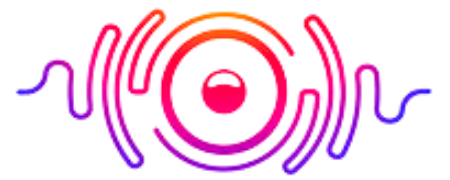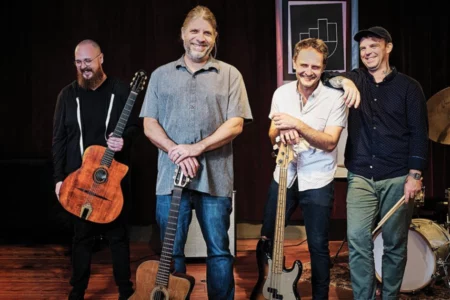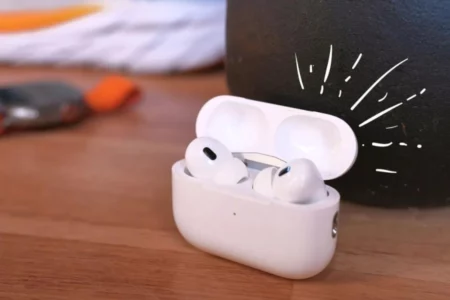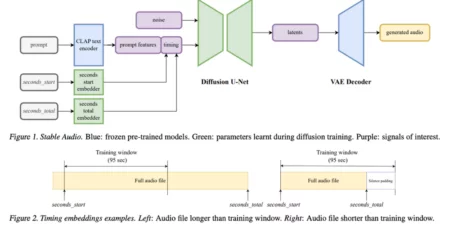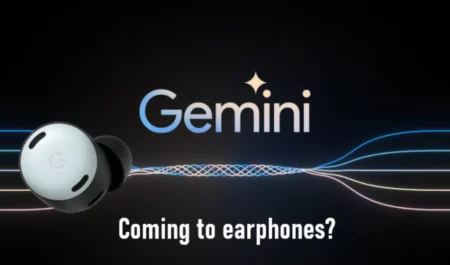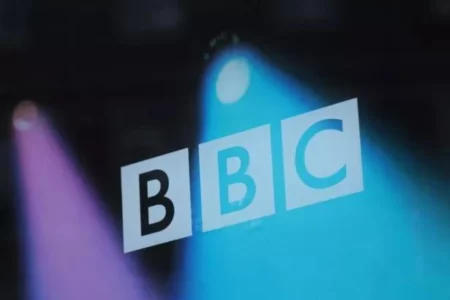Digital radio is a buffet of multiple features that you enjoy at the cost of one. It offers high-fidelity audio, more stations, text information, artist details, song details, traffic updates, improved signal quality, and more. What is digital radio, and how does it work? This blog post will uncover all these questions to get you a knowledgeable understanding.
It comes with various benefits and some drawbacks, which are quite acceptable if you are not ready to compromise on quality. It may cost you a bit more than conventional radios. Moreover, the transition from analog to digital signals may be a challenging task. Sometimes, compatibility issues welcome you with open arms. However, you can get rid of all such problems, and we’ll tell you how to.
How is Digital Radio Different from Analog?
There are multiple things to create a hell of a difference between digital and analog radio. Regarding digital radio, it uses digital signals and provides you with much better audio quality. You can enjoy a diverse range of content and endless channels. It gets you multiple other features such as text, song information, artist details, traffic updates, weather updates, etc. It keeps you enjoying high-quality audio even in harsh conditions.

On the other hand, analog has multiple things to consider while providing you with quality sound. Interference may play a role in it, and it has fewer hasn’t stations to offer than you get with digital radio. Moreover, it doesn’t offer additional features like details and information relating to artists, tracks, traffic, etc. What is digital radio, and how is it different from analog? Let’s discover.
How to Convert Analog Signal into Digital Signal?
When it comes to converting analog signals into digital signals, there are a few easy steps, and you are good to make it up with the process. Let’s look at the five-point guide below.

1) Sampling Signals
Discrete points from continuous analog signals are important, and sampling is a process that captures these discrete points. The process begins with measurements at specific intervals and then converts them into discrete topics. Once you are done with it, you are good to move to the quantization process.
2) Quantization Process
After sampling, the quantization process begins with assigning numerical values to the direct points, and it creates a digital representation. After doing so, the encoding technique comes to the field.
3) Encoding Function
Here, the quantization values get another face, and that is what we call binary code. So, binary code is a way to keep data safe and easy to transfer further in binary digital.
4) Transmission Phase
Now, here, the digital signals travel through the communication medium you choose; it starts with digital representation and goes to light waves, electric pulses, or any other mode that relies on your selection of communication medium.
5) Receiving and Decoding
Now, the radio receives the binary digital, and it converts the digital signals into analog all over again. So, it is how decoding works, and you get to hear your desired audio.
So, it is how you can convert analog signals into digital signals super easily. Moreover, if you wonder what the difference is between digital radio versus Internet radio, digital radio is good to use for local stations, and internet radio is for global usage.
How Does A Digital Radio Work?
What is digital radio, and how does it work? It is so easy to understand this phenomenon as we already have read some of the above. It receives analog signals and captures discrete values to convert them into digital signals.
Encoding helps in converting data into digital signals and then decoding gets it back in analog form. Multiplexing, modulation, encoding, reception, and decoding are the main points.
What is the Difference Between Digital and FM Radio?
When it comes to learning about the difference between digital radio and FM radio, it is very much evident. Digital radio works with the latest features with endless station options. It offers additional information like artist details, track details, weather, traffic, and other information that nuisance your listening experience. What is DAB radio? If you learn about this, you can understand the science of digital radio well enough.
On the other hand, FM works on conventional radio models, and it only offers a little variety of stations. You cannot also enjoy additional features as you do with digital radio. So, I found digital radio is better than FM in almost every aspect.
Are Digital Radios Better?
Digital radios are far better than conventional radios, and they offer a variety of advanced features that you do not get with FM or any other traditional radio. You get extra channels to enjoy with various additional information such as traffic, artist details, song details, etc. The quality of sound is top-notch with digital radio, and you can enjoy it in-car to adorn your journeys with the best you want.
What is digital radio? It is an advanced form of radio with multiple latest features such as artists’ details, upcoming tracks, weather conditions, traffic information, etc. However, there are conventional radios, but you need more to entertain you with a variety of stations as you do with digital radio. The price may be a bit hefty, but the features are worth enough to grab this amazing radio facility.
Wrap Up
Yes, digital radios have frequencies as analog radios do. However, the mode of digital radio use will decide on frequency specifications. DAB and HDR have varying frequencies.
It would help if you bought a digital radio receiver, antenna, power sources on the back, signal coverage, manual for guidance, stable internet for internet radios, and converter. So, this is what you need to have to use digital radio.
The principles of modulation and demodulation are the ones to decide not to mix up radio waves. They allow multiple signals to co-exist and transmit them seamlessly. Each signal has a unique frequency, and that’s where the filter comes into play to keep them singled out.
